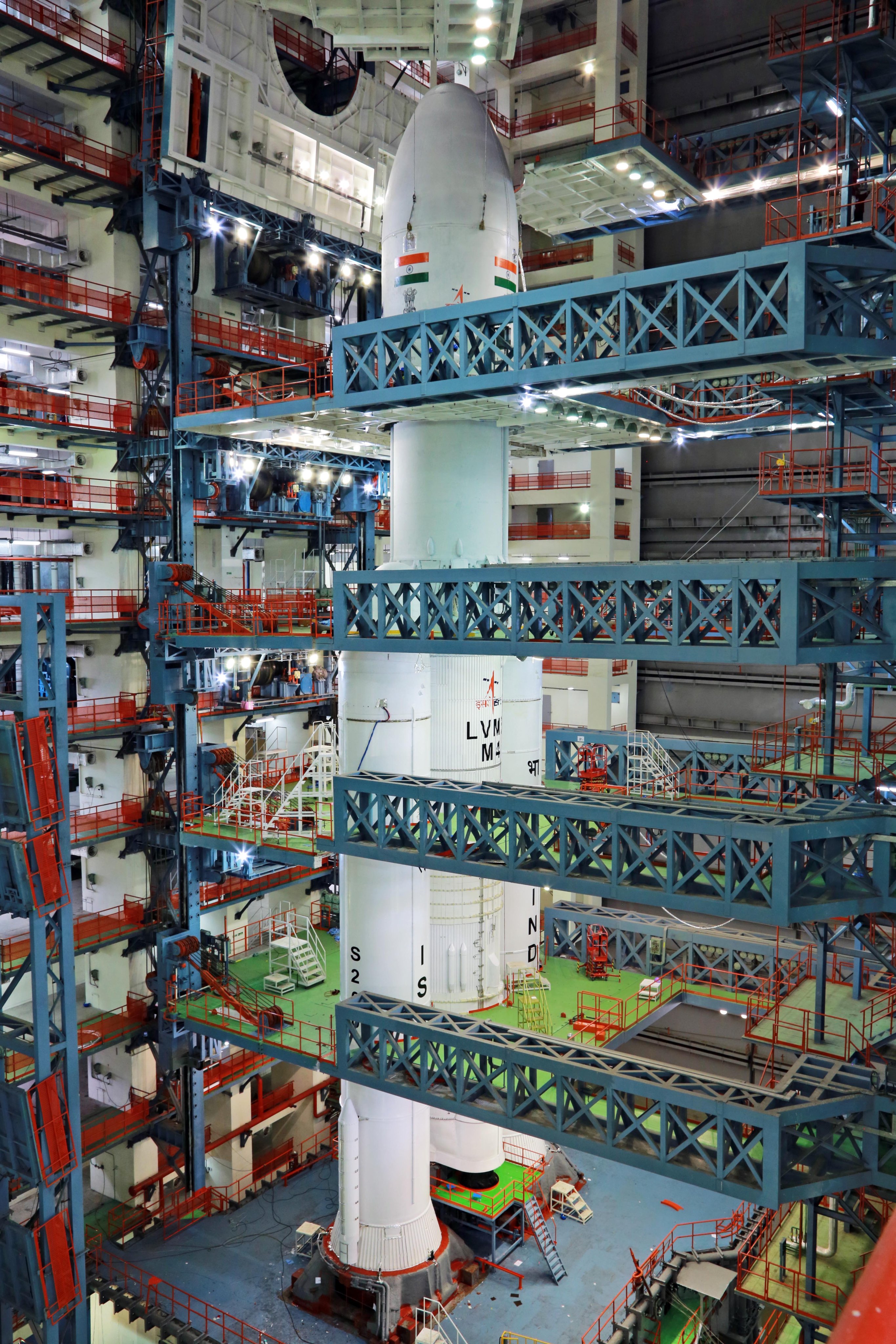Welcome to our Article Website - For latest Technology related News and Advancements in Gadgets and Gizmos, IT, AI, Health, Science, Engineering, Entertainment, SEO Marketing, Work from Anywhere and also Business. Our Curated Collection of Online Learning Articles Offers Top-Notch Insights and Resources.
Translate to your Mother Tongue and Enjoy my Articles
Wednesday, July 5, 2023
ISRO to Launch Chandrayaan-3: Advancing Lunar Exploration
The Indian Space Research Organisation (ISRO) is preparing for the highly anticipated launch of Chandrayaan-3, the follow-up mission to Chandrayaan-2. With a focus on demonstrating safe landing and roving capabilities on the lunar surface, Chandrayaan-3 aims to expand our understanding of the Moon's various aspects. The spacecraft is equipped with a range of scientific instruments designed to study the lunar regolith, seismic activity, plasma environment, and elemental composition in the vicinity of the landing site.
Integrating the Spacecraft and Rocket
In a significant milestone, ISRO successfully integrated the Chandrayaan-3 spacecraft with its new heavy-lift launch vehicle, LVM3, at Sriharikota's Satish Dhawan Space Centre. This momentous occasion signifies the seamless combination of the encapsulated assembly, containing the spacecraft, with the powerful rocket. The integration process sets the stage for the upcoming launch of Chandrayaan-3.
Launch Window and Objectives
ISRO has announced that the Chandrayaan-3 mission is scheduled to be launched between July 13 and July 19, with a target date of July 13. The primary goal of this mission is to demonstrate India's capability to achieve a safe landing and deploy a rover on the lunar surface. By carrying out extensive research on the Moon's thermophysical properties, seismicity, plasma environment, and elemental composition, Chandrayaan-3 will contribute valuable insights to the field of lunar science.
Scientific Instruments on board
The Chandrayaan-3 mission features a diverse array of scientific instruments on both the lander and the rover, each designed to fulfill specific objectives. The lander payloads include the "Chandra's Surface Thermophysical Experiment," which measures thermal conductivity and temperature. Additionally, the "Instrument for Lunar Seismic Activity" aims to study seismicity in the vicinity of the landing site, while the "Langmuir Probe" estimates plasma density and its variations. A passive Laser Retroreflector Array from NASA is also included for lunar laser ranging studies.
The rover payloads consist of the "Alpha Particle X-ray Spectrometer" and "Laser Induced Breakdown Spectroscopy." These instruments will facilitate in-situ chemical analysis of the lunar surface, providing crucial information about the elemental composition in the landing area. Furthermore, an experimental instrument on the spacecraft will study the spectro-polarimetric signatures of Earth from the lunar orbit, offering a unique perspective on our home planet.
Successful Testing and Challenges Overcome
Earlier this year, the Chandrayaan-3 spacecraft underwent a series of rigorous tests to validate its resilience in the face of the harsh vibration and acoustic environment encountered during launch. These tests were particularly demanding due to the composite nature of the spacecraft, consisting of three modules: propulsion, lander, and rover. The propulsion module, equipped with the SHAPE payload, will transport the lander and rover configuration to a distance of 100 km from the lunar orbit.
The Significance of Chandrayaan-3
Chandrayaan-3 represents a significant step forward for India's space exploration endeavors. By building upon the successes of Chandrayaan-2 and addressing the challenges encountered, this mission aims to refine and enhance our knowledge of the Moon. The scientific data collected from the mission's instruments will contribute to a better understanding of the Moon's geology, composition, and the various processes that shape its surface. Furthermore, the mission's technological advancements and achievements will lay the groundwork for future lunar exploration endeavors.
In conclusion, as ISRO prepares to launch Chandrayaan-3, the anticipation grows for this mission to provide groundbreaking insights into lunar science. With its focus on safe landing and roving capabilities, as well as its comprehensive suite of scientific instruments, Chandrayaan-3 is poised to contribute significantly to our understanding of the Moon and pave the way for future lunar exploration missions.
Subscribe to:
Post Comments (Atom)
Beyond the Womb: Exploring the Brave New World of Artificial Wombs
As I flipped through the morning newspaper, a particular report grabbed my attention, uncovering a captivating yet intricate frontier in re...

No comments:
Post a Comment